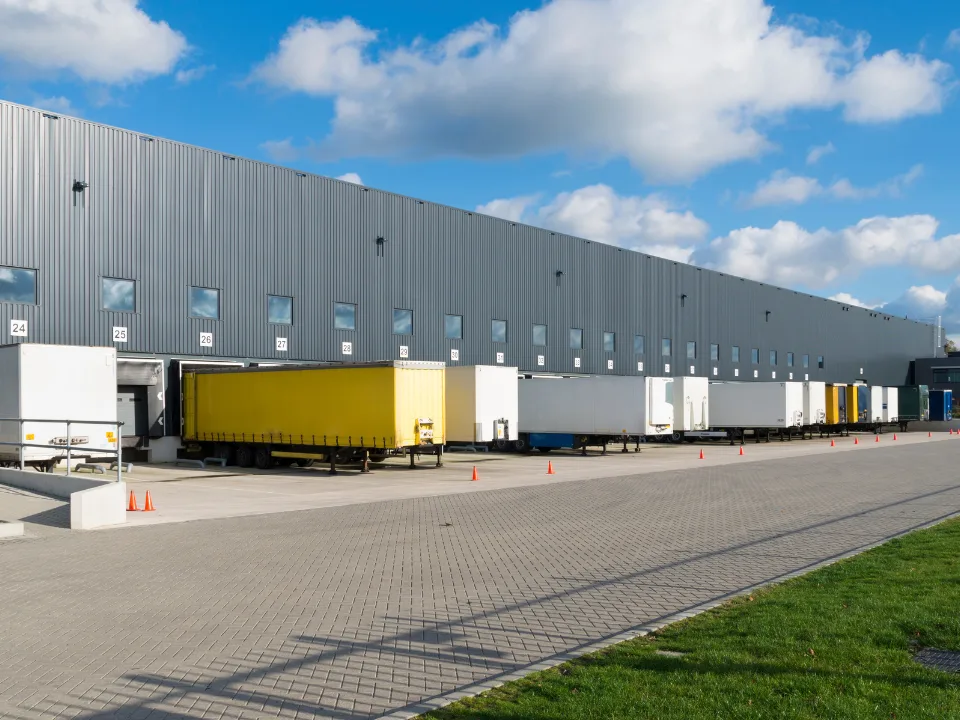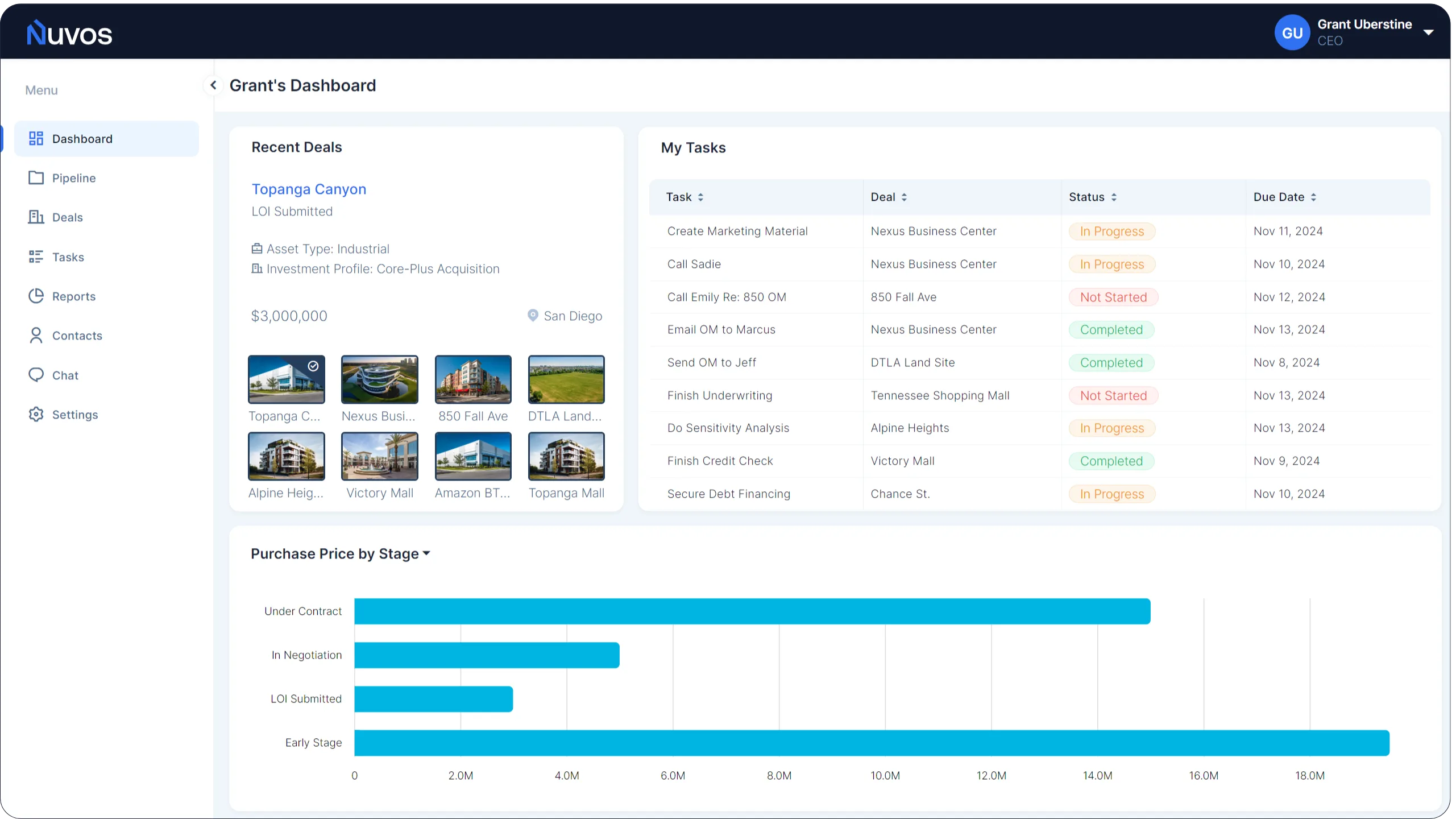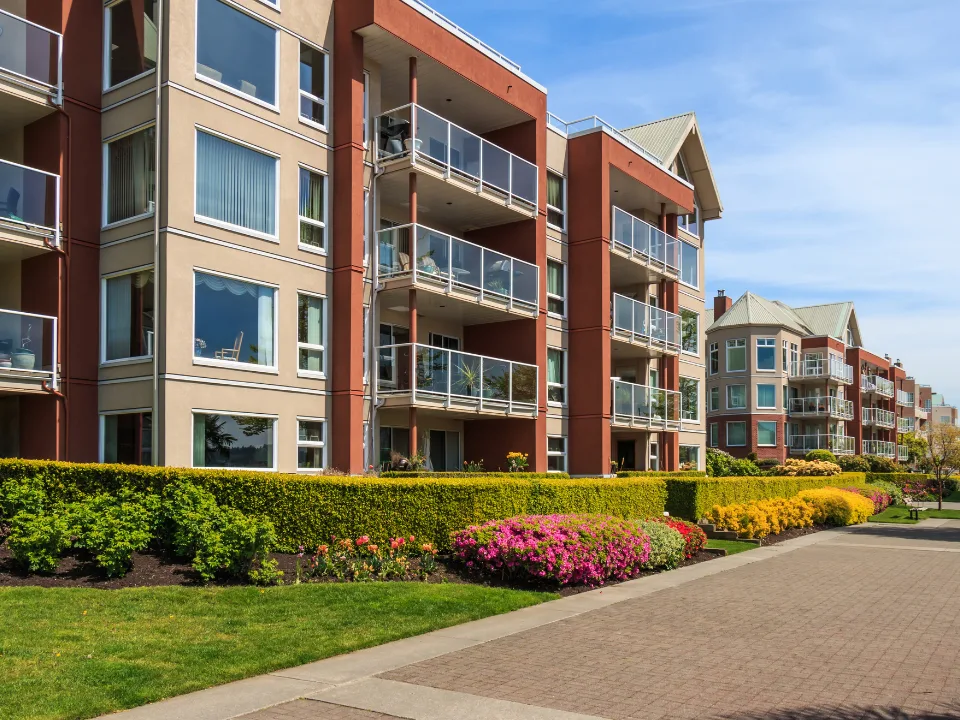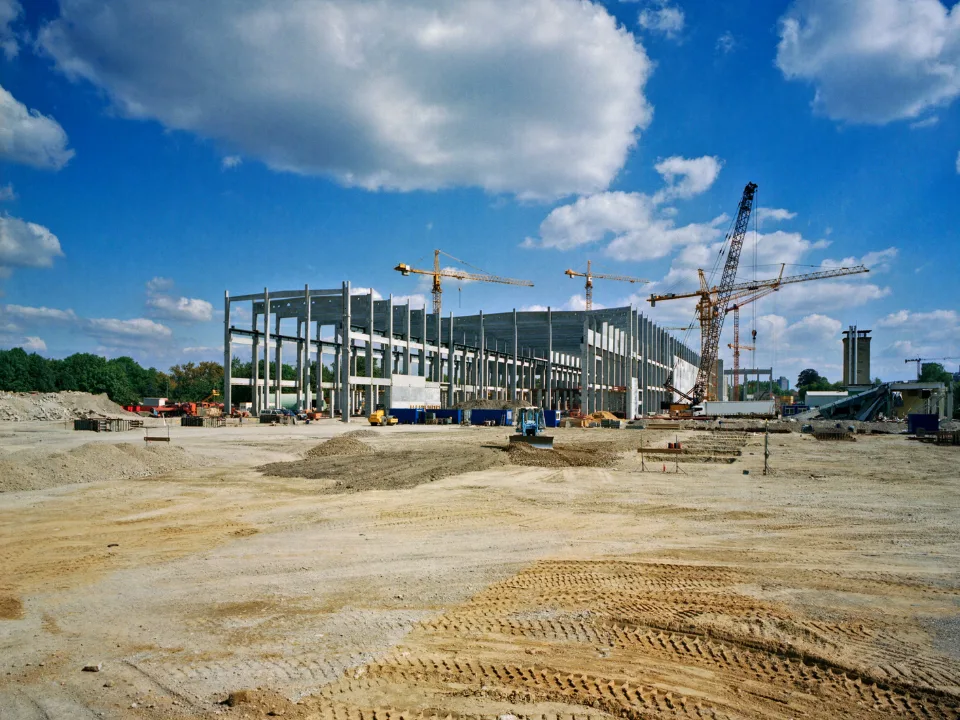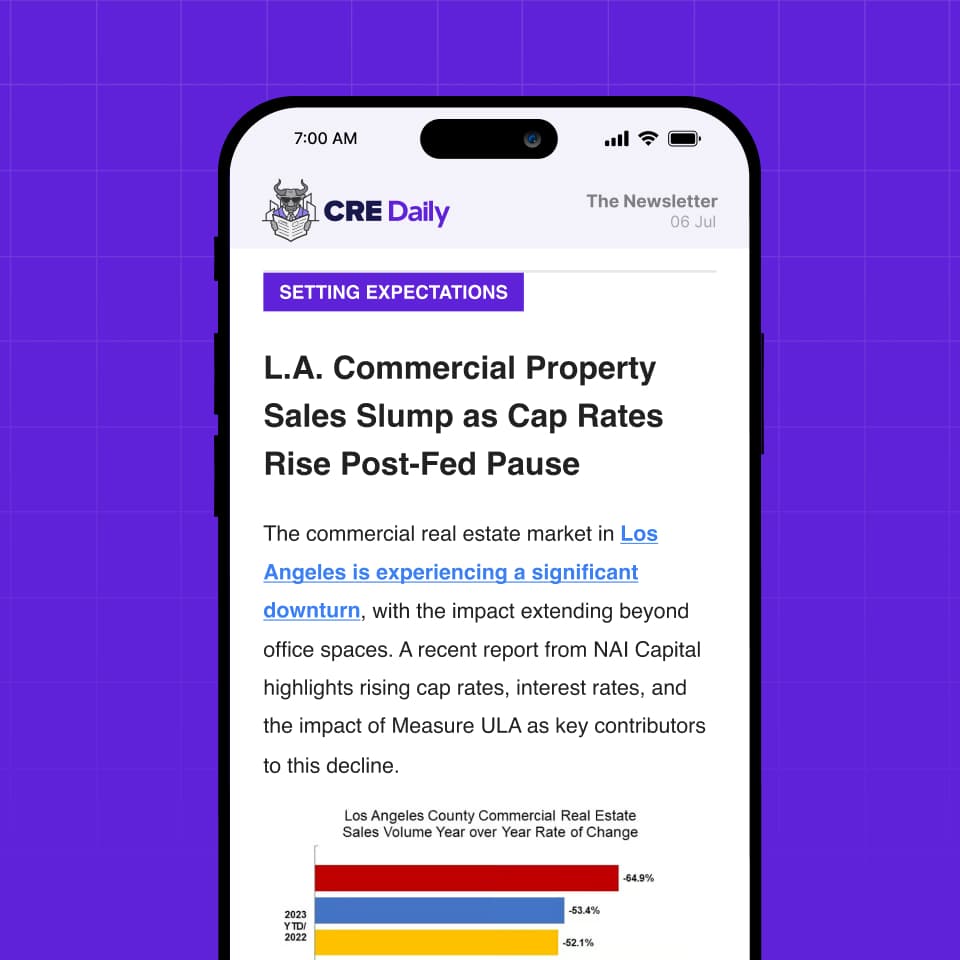- Austin saw the sharpest rent drop among 44 major US metros, with rents down 16% YoY to $1.3K, 22% below its 2023 peak.
- High apartment construction is driving rent declines in Texas and Florida, where Tampa (-8.2%) and Jacksonville (-6.4%) saw significant drops.
- Cincinnati (+15%) and Providence (+13.4%) led the biggest rent hikes among major US cities.
- Nationally, median asking rent remained stable YoY at $1.6K, but experts warn rents could rise again if construction slows.
Austin led the nation in rent declines last month, with median asking rents down 16% YoY to $1,299, 22.2% below its August 2023 peak of $1,799, according to Redfin.
By The Numbers
Similar trends played out in Tampa (-8.2%), Jacksonville (-6.4%), and Salt Lake City (-6.5%), where high construction activity has put downward pressure on rents. New York also saw rents fall by 5%, signaling a broader cooldown in some high-cost markets.
The most expensive rental markets remain in California and New York, with San Jose leading at $3,184, followed by New York ($2,827) and Los Angeles ($2,780).
Meanwhile, Memphis ($1,204), Houston ($1,235), and St. Louis ($1,236) rank among the most affordable cities for renters in 2025.
Get Smarter about what matters in CRE
Stay ahead of trends in commercial real estate with CRE Daily – the free newsletter delivering everything you need to start your day in just 5-minutes
Nationwide Trends
The steep drop in asking rents among major US metros was fueled by a surge in new apartment construction, increasing supply and competition for tenants, per GlobeSt.
Across the US, however, median rent was virtually unchanged, dipping just 0.1% YoY to $1,599 across all size units:
- 3 BR+ units: Down 1.7% to $1,966
- 0–1 BR units: Down 0.6% to $1,458
- 2 BR units: Down 0.4% to $1,674
Some experts believe that rents may rise again as apartment construction slows and homeownership remains costly.
“Rental supply and demand are in lockstep, keeping rent growth at bay—but that may not last long,” said Redfin senior economist Sheharyar Bokhari. He noted new tariffs on building materials could further hamper apartment construction, tightening supply in the future.
Looking Ahead
While rents in many cities remain low due to high supply, factors like new construction slowdowns and rising material costs could eventually lead to rent growth.
In Los Angeles, for example, recent wildfires and displacement have already driven up demand, with 3 BR+ units seeing rents go up 3.9%—the largest hike since November 2023.
With home prices still as high as they are, rental demand is expected to remain strong, making the next few months crucial for tracking rent trends nationwide.
